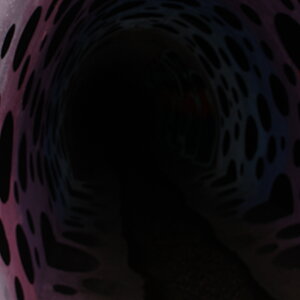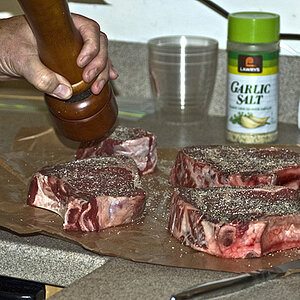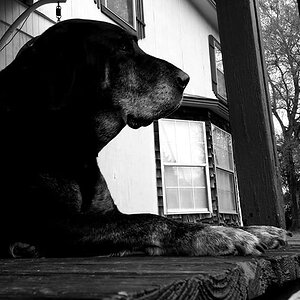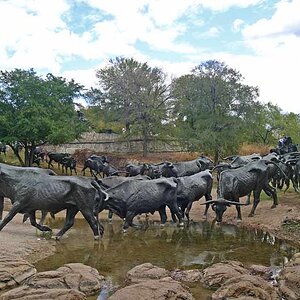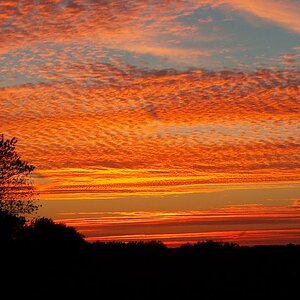RichL
TPF Noob!
- Joined
- Jul 6, 2010
- Messages
- 4
- Reaction score
- 0
- Can others edit my Photos
- Photos NOT OK to edit
In the 50 years I've been in photography the argument hasn't changed a bit. 
I personally break my work into 'documentary' and 'creative'. With documentary I will choose the best composition I can and will tweak (dodge and burn) light levels or color saturation to get as close as I can to what I remember shooting. I will not add or subtract anything from the picture though, even if I screwed up and have a branch growing out of their head.
In 'creative' anything goes.
I should add that I was a darkroom tech and just play the photographer bit.
I personally break my work into 'documentary' and 'creative'. With documentary I will choose the best composition I can and will tweak (dodge and burn) light levels or color saturation to get as close as I can to what I remember shooting. I will not add or subtract anything from the picture though, even if I screwed up and have a branch growing out of their head.
In 'creative' anything goes.
I should add that I was a darkroom tech and just play the photographer bit.







